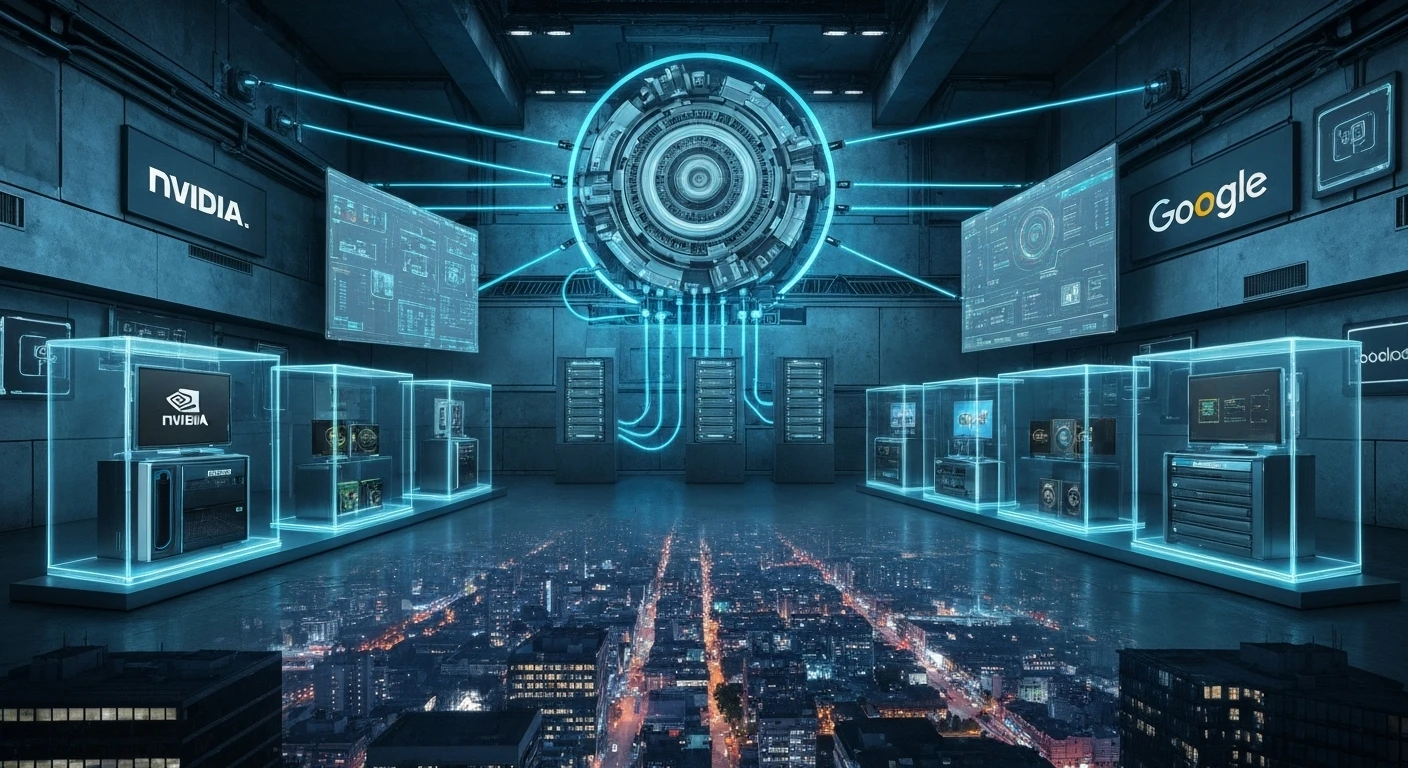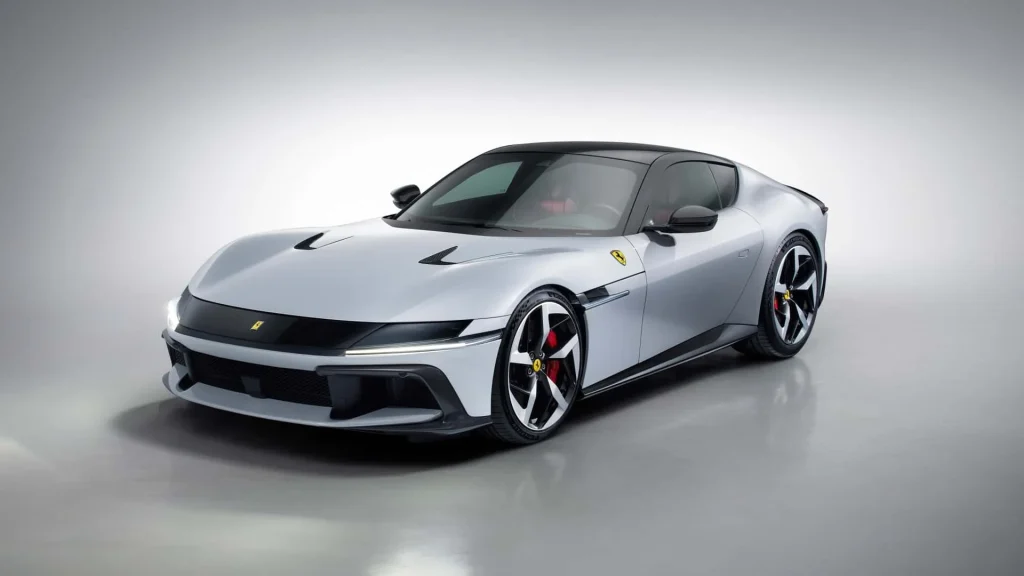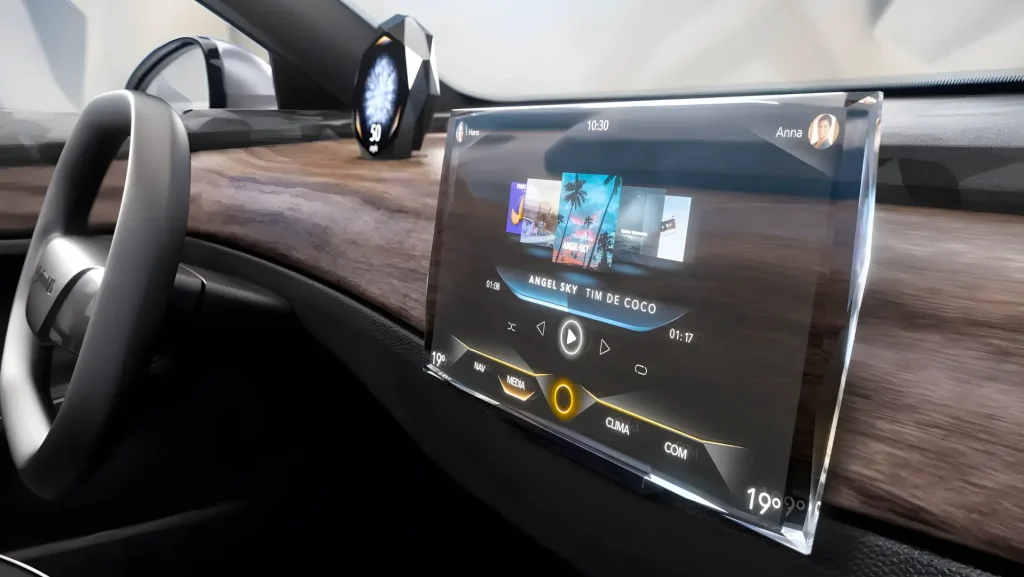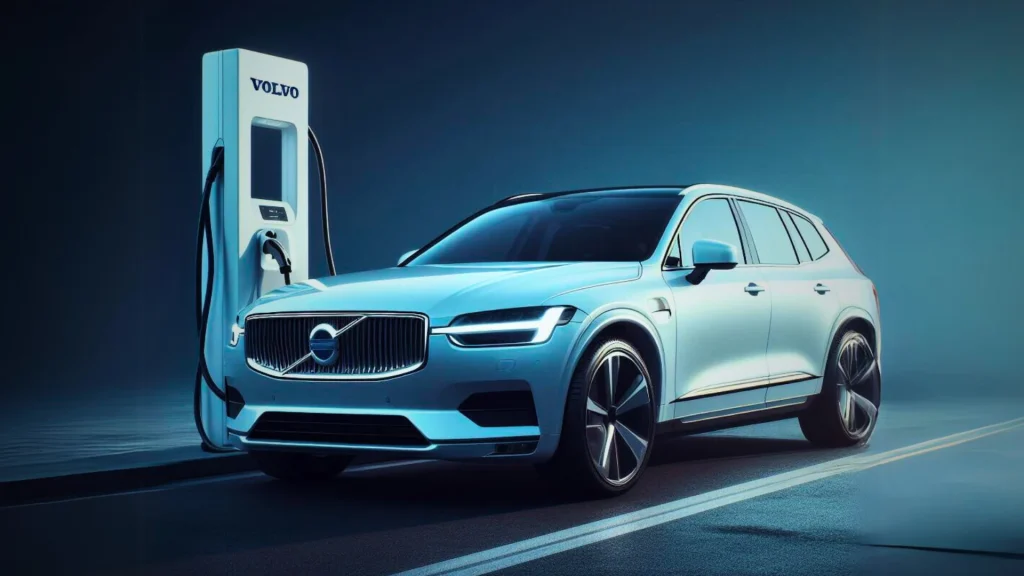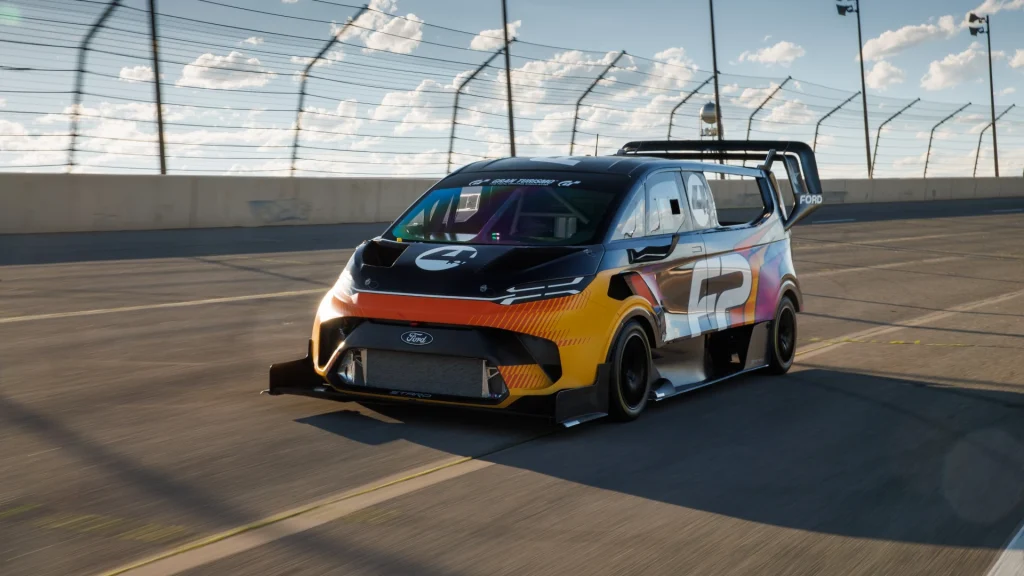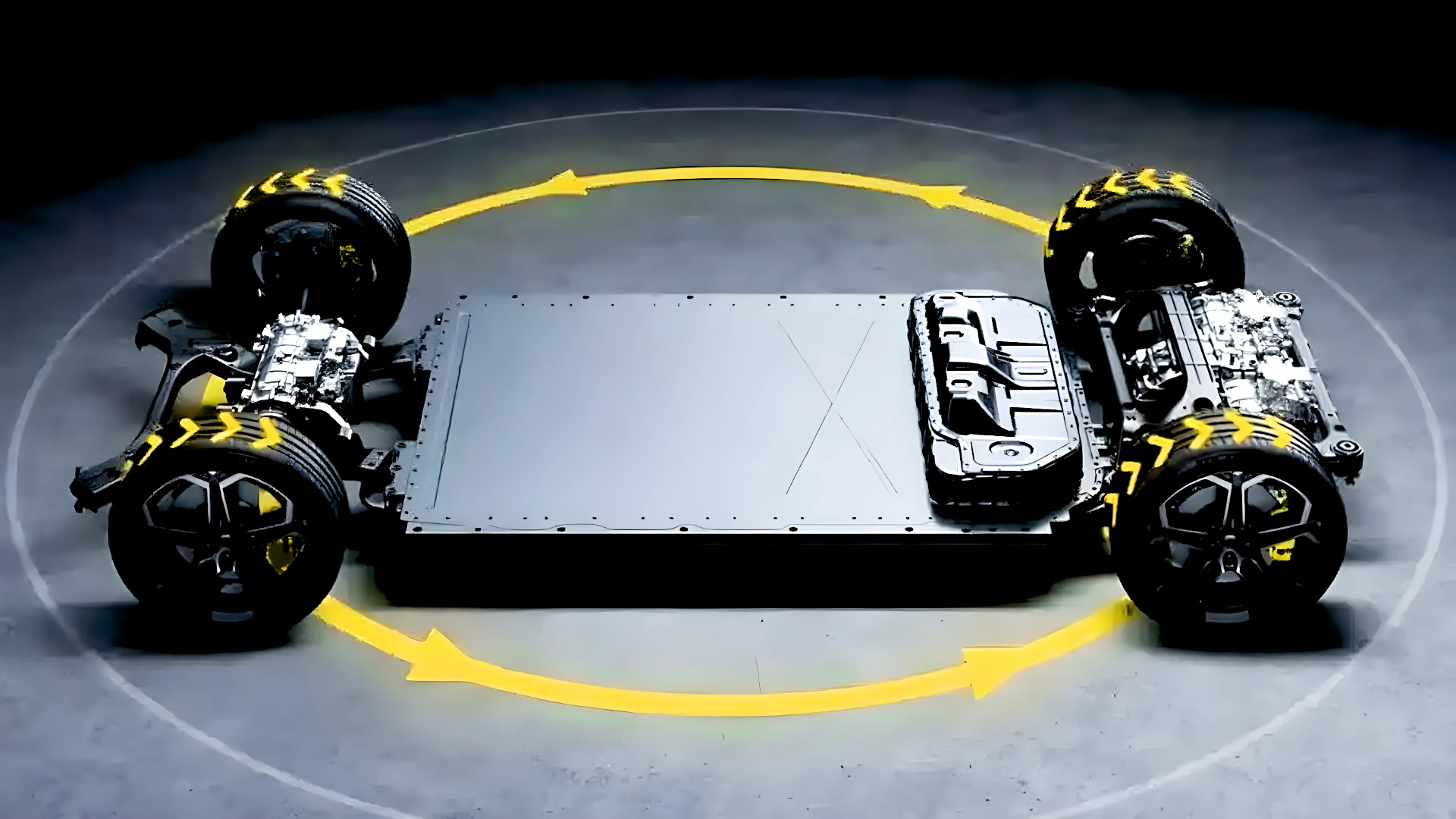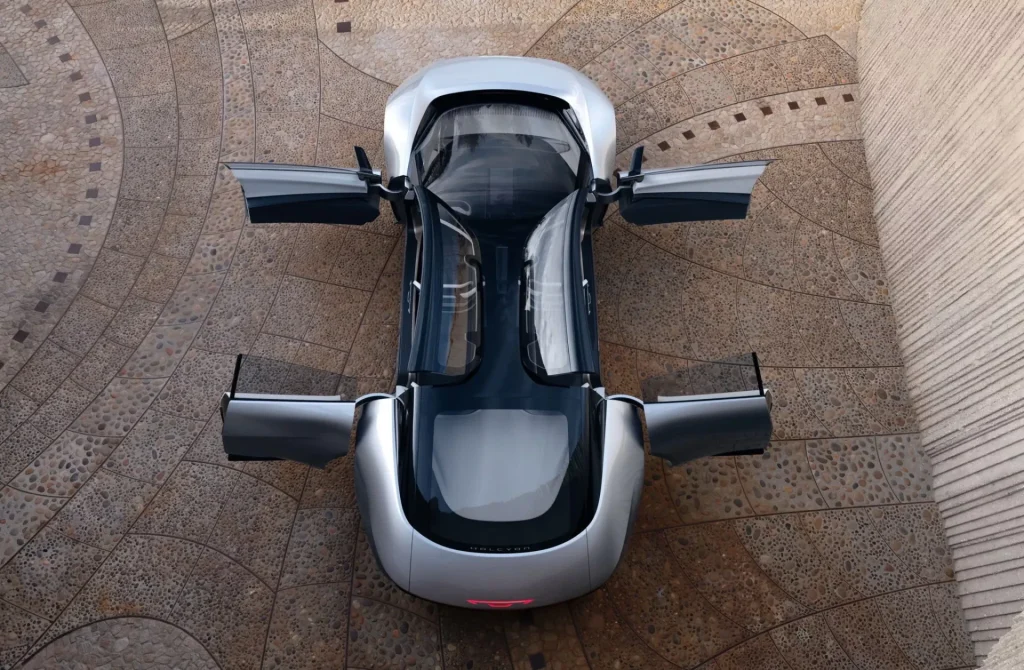Google Just Unveiled Quantum Computing 13,000x Faster. Understand How This Technology Will Create Eternal Batteries and Revolutionize Cars.
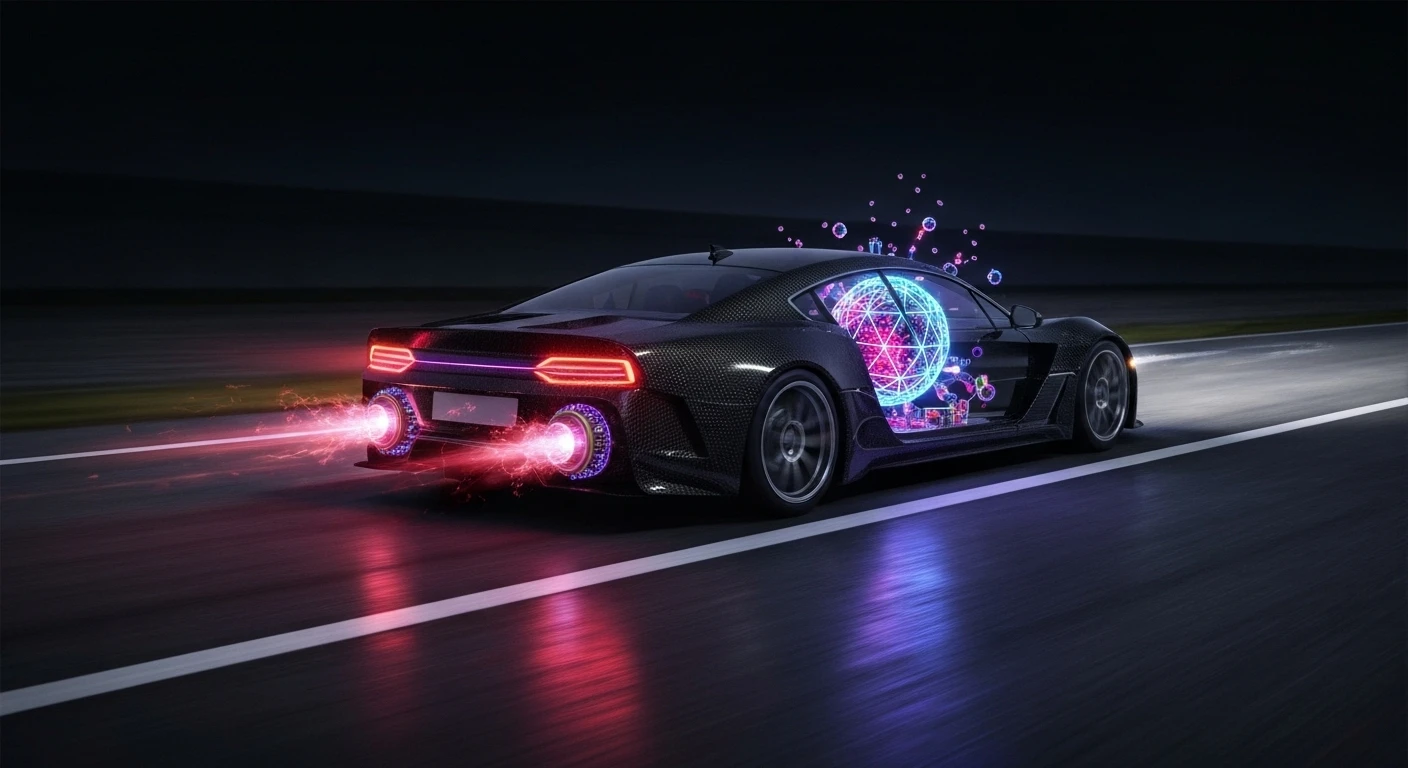
Forget V8 engines, turbos, or even speed records. The biggest revolution in the automotive industry is not happening on a test track, but inside a Google lab. The tech giant just announced a breakthrough in quantum computing so profound that it makes the world’s most powerful supercomputers look like pocket calculators. And the impact on your next car will be simply unbelievable.
The Google Leap That Leaves Supercomputers in the Dust
Imagine asking a state-of-the-art supercomputer to design a new battery molecule. It would take about a year to deliver the result. Now, imagine that Google’s new machine does the same job in less than an hour. This is not science fiction. With its new quantum chip, “Willow,” and an innovative algorithm called “Quantum Echoes,” Google demonstrated the ability to perform a specific computational task **13,000 times faster** than classical systems.
But speed alone is not the big news. In 2019, Google had already achieved “quantum supremacy,” solving a problem that would take millennia on a normal computer. The difference now is crucial: the results are verifiable. This means it’s not just a laboratory feat; it’s a giant leap toward a useful tool, capable of accelerating innovation in a way we have never seen before. It’s a performance leap as absurd as creating a 1,000-horsepower engine that seemed impossible to exist.
How the Quantum “Sonar” That Will Map the Future Works
To understand what Google did, think of a sonar. A basic sonar can detect a sunken ship at the bottom of the ocean. An advanced sonar can create a 3D image of it. The “Quantum Echoes” algorithm is like a high-precision sonar, capable of “reading the ship’s license plate” from a distance. In simplified terms, it works like this:
- Scientists send a “signal” (a sequence of operations) through the quantum system.
- They introduce a small perturbation, like flipping a single qubit (the basic unit of quantum computing).
- They then reverse the sequence of operations.
- The “echo” that returns reveals incredibly fine details about the system’s structure, thanks to quantum interference patterns.
This ability to see details at the molecular level with precision and speed is what will unlock the next era of engineering. It’s like finally understanding the aerodynamic secret that allows reaching 200 mph, but applied to materials, chemistry, and medicine.
The Revolution in Your Next Car: Batteries, Materials, and AI (Automotive Quantum Leap)
Okay, but what does this have to do with cars? Everything. The ability to simulate complex systems at high speed will directly impact the most critical areas of the automotive industry.
Game-Changing Batteries for EVs
The biggest bottleneck for electric cars is the battery. Designing new chemistries that allow for greater range, ultra-fast charging, and improved safety is a slow and expensive process. With quantum computing, engineers will be able to simulate millions of molecular combinations to find the perfect formula. We are talking about a future where solid-state batteries with 620 miles of range become the standard, and having electric cars that charge faster than a cell phone will no longer be a dream.
Lighter and Safer Automotive Materials
What if it were possible to design a metal alloy with the strength of titanium and the lightness of aluminum? Or a new type of carbon fiber that self-regenerates after an impact? Quantum simulation will allow for the creation of custom-made materials, resulting in lighter cars (more efficient), stiffer cars (better handling), and incredibly safer ones.
Artificial Intelligence and Vehicle Design Optimization
This new processing capability will also boost Artificial Intelligence. Autonomous driving systems can be trained with a complexity of scenarios currently impossible, making them safer and more reliable for US roads. Furthermore, AI can be used to optimize every detail of the vehicle’s design, from the airflow over the bodywork to the wind noise in the cabin, far beyond what we already see in hybrid engines designed with the help of Artificial Intelligence.
We are still at the beginning of this journey, and you won’t see a quantum computer in your car’s dashboard anytime soon. However, Google’s breakthrough is a milestone. It is the ignition of an engine that will drive innovation at a speed we can barely keep up with, completely redesigning the future of the automobile, from the battery molecule to the software that drives it.


